French toast is one of those things that everybody kind of knows how to make, but few people know how to do really well. And while the dish originally does hail from France (its original name, pain perdu, means lost or wasted bread), it has become a beloved American breakfast dish.
Here's how to make sure that your French toast comes out with a crispy, crunchy exterior, a rich, creamy interior, and the right balance of custardy sweetness every single time.
#1. Use High-Quality Bread with a Dense Crumb
Sure, just about any bread that's dipped in an egg-based custard (aka soaking liquid) and fried in butter is going to taste good, but if you want your French toast to taste great, you want really, really good bread.
Challah, brioche, a loaf of traditional country white bread: something with a dense, almost cakey crumb is going to really soak up the custard so you can get the aforementioned creamy interior and crunchy exterior. Slice it thickly—about an inch wide works.
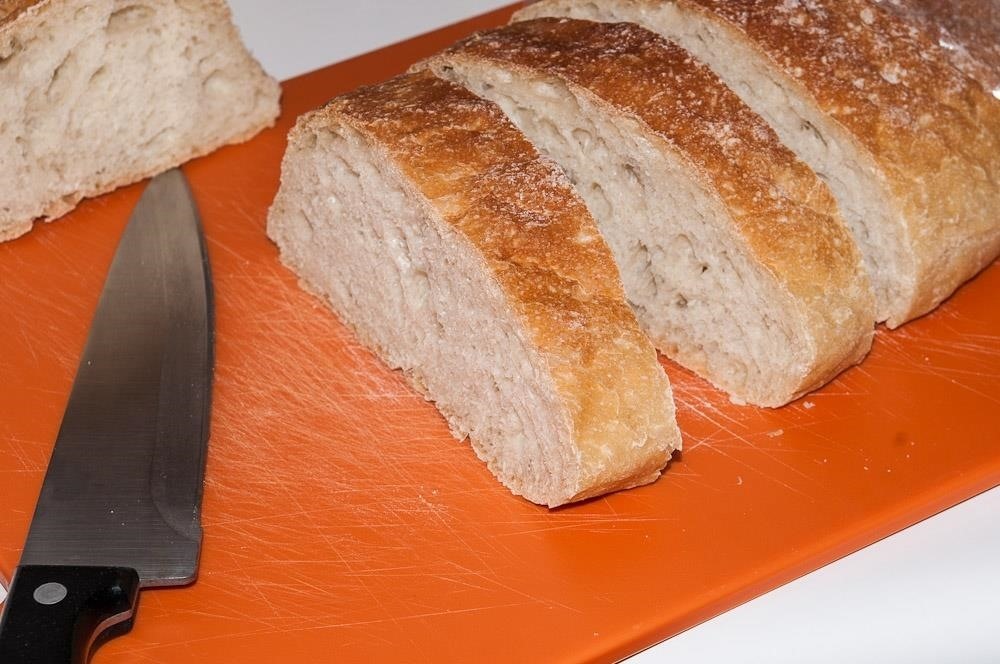
#2. Make Sure the Bread Is Dry, Dry, Dry
Making French toast with fresh, soft bread usually means you end up with soggy slices. That bread needs to have some moisture removed to really cook up well. You can wait until the bread is stale, but if you're trying to really impress folks, Cook's Illustrated recommends cut your loaf into slices and drying it out. Why? Because stale bread is usually flavorless bread. If you buy a fresh loaf and dry it out yourself, you'll still have that freshly made flavor.
It also means that you can really soak your bread in the egg mixture for that perfect custardy interior without having to worry that the bread will fall apart during the process.

The recommended method is to bake the slices of bread on wire racks for eight minutes on each side at 300°F. If you're lazy like me, you can place the slices on a baking sheet and leave them in the oven overnight without the heat on. Most ovens give off a little residual heat even when turned off.
#3. Bring Ingredients to Room Temperature
Don't just bung cold milk and eggs into a bowl and start whisking away. Fine Cooking recommends that those key ingredients be brought to room temperature so another key ingredient in the custard, melted butter, doesn't become solid and grainy. You want all that rich flavor to be absorbed into the bread.

They also recommend using 1/3 cup of milk to every egg in the soaking liquid. A custard that's heavier on the eggs produces a firmer, chewier slice of French toast, while more milk gives that desirable custardy feel.
Here's a tip: if you forget to set out your ingredients ahead of time, no problem. Run some hot tap water into a large, shallow container. Pour your milk into a tall container or glass (if it has a cover, even better). Place the container and your eggs in the hot water. The eggs will take about five minutes to get warm. The milk will take a little longer.
#4. Use Only Egg Yolks, Not Whites, in the Soaking Liquid
Meanwhile, the folks at Cook's Illustrated go one step further and say that you should only use egg yolks for the soaking liquid. Egg whites contain the sulfur compounds that give eggs their distinctive taste. Yolks alone are pretty much fat (as well as a lot of vitamin A, calcium, and iron), which will make your French toast taste ultra rich. If you're not sure how to separate eggs, never fear: there's an easy way.

Frankly, I'm agnostic on this point—I think there are good arguments to be made for using the whole egg, since incorporating the whites usually means you have a firmer slice of toast that fries up nicely and holds its shape. Also, I'm not a big fan of egg white omelets and I don't always want to make meringues, so separating the eggs means that most likely the egg white will go to waste, which I abhor.
If you do decide to use the whole egg, make sure you don't skip the next step. It makes a huge difference.
#5. Strain the Custard!
Slate recommends straining the soaking liquid before you put your bread in it, and I heartily agree. No matter how well you whisk, sometimes lumps of egg white remain in the custard. That means a few slices will end up coated in egg white rather than custard.
Ever noticed that pool of egg that sometimes extends from the bottom of your slice of French toast? That's often unincorporated egg white. It's also known as the "foot," a term which is often used for macarons, too.

When you take the time to strain the soaking liquid, you make sure that every piece of bread will be able to absorb that rich, flavorful custard you created.
#6. Opt for Full-Fat Dairy in the Custard
Reduced fat milk will do in a pinch, but if you have the time to plan ahead, get full-fat milk and use melted butter in the custard. (I think heavy cream or half-and-half are overkill, though.) Remember, you want that rich, velvety mouth feel and pillowy texture. You're only going to get that if you use quality ingredients that contain fat.

#7. Don't Be Afraid to Saturate the Bread
Having French toast fall apart in the skillet is a real bummer, but that doesn't mean you have to only dip the surface of your bread in the custard. You need to get your bread slices saturated, but not soggy.

My trick is to place a slice of bread atop the custard and then press it down using a fork. I count "One Mississippi…two Mississippi" all the way to ten, then flip it over and repeat. This is with dry or stale bread, however. If you're using fresh bread, cut the time in half.
#8. Secret Ingredient: Fancy Booze
Everyone has their own proprietary blend of spices and sweetness they add to the custard. Usually it's some form of vanilla, sugar, cinnamon, etc. My secret ingredient is to add a few tablespoons of a full-bodied liqueur that's on the sweet side like Grand Marnier or a fortified wine like sherry or port.

I think a little liquor/liquer adds zest to the recipe. I also have a theory that the alcohol helps the French toast get crispy. Don't worry, the liquor burns off, so no one's going to get inadvertently hammered over breakfast.
#9. Use Powdered Sugar, Not Granulated
If your favorite French toast recipe calls for adding sugar to the custard, do everyone a solid and use powdered, not granulated. Why? Because it will dissolve quickly and evenly. Granulated has a tendency to sink to the bottom and require extra whisking.
You could also use a liquid sweetener like agave, honey, or maple syrup to avoid this problem.
#10. Balance Out Sweetness
Bon Appétit advises that you minimize the amount of sugar in the custard or skip it altogether if you're going to be serving your French toast alongside a lot of sweet toppings. Or, if you're adding sugar to the custard, you might want to take a pass on adding additional powdered sugar to the finished product.

#11. Preheat the Skillet & Use Nonstick Spray
Bon Appétit also recommends that you preheat the skillet for good French toast: "If the pan isn't hot enough when you put your first slice in, the custard spreads out, forming a foot on the bottom of the French toast. When the pan is hot enough, the batter won't have time to seep–the eggs will start cooking as soon as they hit it."
Another great tip? Spritz the pan with nonstick spray (you can even make your own) before putting in the butter. That way, the butter won't burn. They also say you should wipe down the pan between cooking slices so that burned bits of the previous slice won't adhere to the next.
#12. Cooking for a Group? Bake Your French Toast
If you're cooking for a large group of people, you might want to skip the stovetop and use your oven to make French toast. You simply arrange your soaked slices on baking sheets and bake them to cook the interior, then broil them to get the exterior golden brown. Check out Martha Stewart's method here.

There is another technique, which is almost more like baking a French toast casserole. Each slice of bread is individually buttered, and then the custard is poured over the bread.
The butter prevents the bread from getting too soggy while the entire mixture is then set to chill while the bread soaks up the custard. It can soak one hour or even one day in advance. Get the recipe from Epicurious here.
Slow Cooker French Toast: Apparently, That's a Thing
Recipes for slow cooker French toast abound. You can find versions here, here, and here. I remain skeptical. These seem more like bread pudding recipes because they lack the element I consider crucial to French toast: a large ratio of crunchy surface area in contrast to a creamy interior.

If anyone can send me a convincing argument why slow cooker French toast is worth trying, I will send you a puppy. (Just kidding: no puppies will be mailed to you.)
Should You Stuff Your French Toast?
For those people who believe in too much of a good thing, you can stuff fillings inside your French toast, whether it's Nutella, strawberries and cream cheese, or bananas.

The technique usually involves slicing a pocket into ultra-thick slices of bread or using a Panini press to make a sandwich and then French toasting the whole shebang. It sounds tasty as hell, but time-consuming. I'm definitely willing to eat it if someone else will make it!
What's your favorite way to make French toast?
Just updated your iPhone? You'll find new emoji, enhanced security, podcast transcripts, Apple Cash virtual numbers, and other useful features. There are even new additions hidden within Safari. Find out what's new and changed on your iPhone with the iOS 17.4 update.
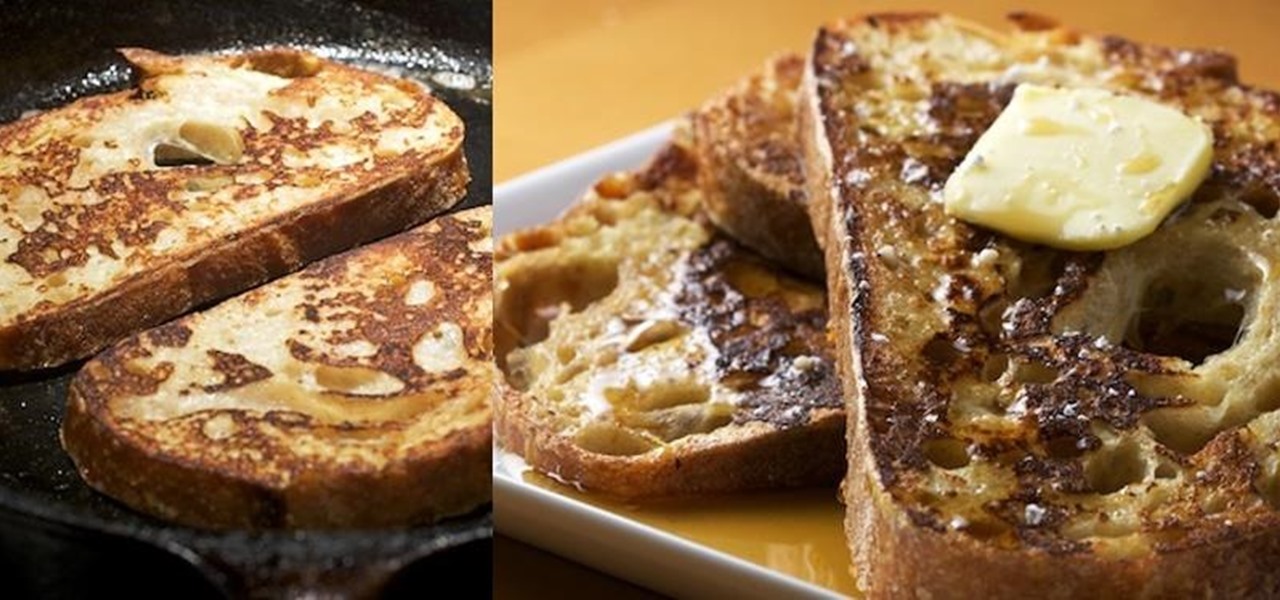




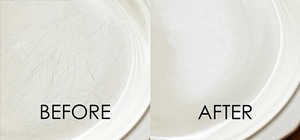
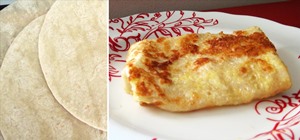
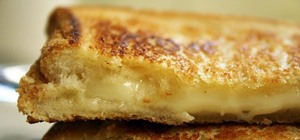

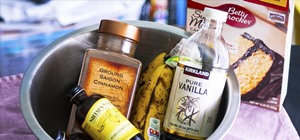
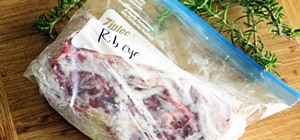
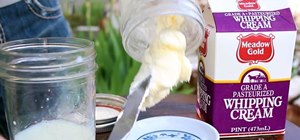
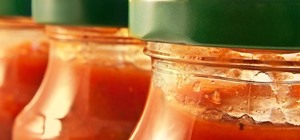
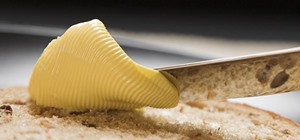
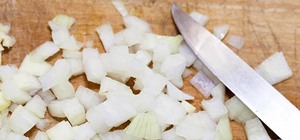
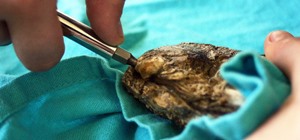

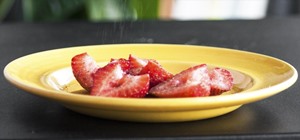





5 Comments
After watching Pioneer Woman make French toast with homemade berry butter I had to try it, but I quickly discovered making French toast isn't as easy as it looks! Thus article was really helpful and I'm slowly mastering the art of French toast . One little trick I came up with was, after lightly oiling the pan and heating it, adding my homemade honey cinnamon butter and cooking the French toast in that. Two thumbs up from my 8-year old.
I have left over crescent rolls from Easter, so tomorrow I am going to make crescent french toast!
My "secret" ingredient that I've used the last few times I cooked French Toast, is a cap full of Almond Extract. I use vanilla, sugar, cinnamon, and sometimes a bit of ground ginger, too. But DEFINITELY the almond extract!
Love all the tips! Hoping to finally make some good French toast! I love the store bought kind but not really the homemade kind. I just hate the eggy-soggy taste.
Also, crock pot french toast is the way to every tired moms heart! It is the bomb for sleepovers and early morning quick breakfasts! I did blueberry one last year at Christmas and it was heavenly! You are missing out!
I use frozen bread to make my french toast that way the bread can't absorb too much egg, as it thaws during cooking the egg on top will soak into the middle but it will cook firm. I don't like soggy insides so I don't use any milk so I will add a dash of vanilla and sometimes I will even add a bit of syrup to get as many slices as I can for as cheap as I can and it will always be firm all the way through I cook each side for about 1:30 on low to medium heat.
Share Your Thoughts